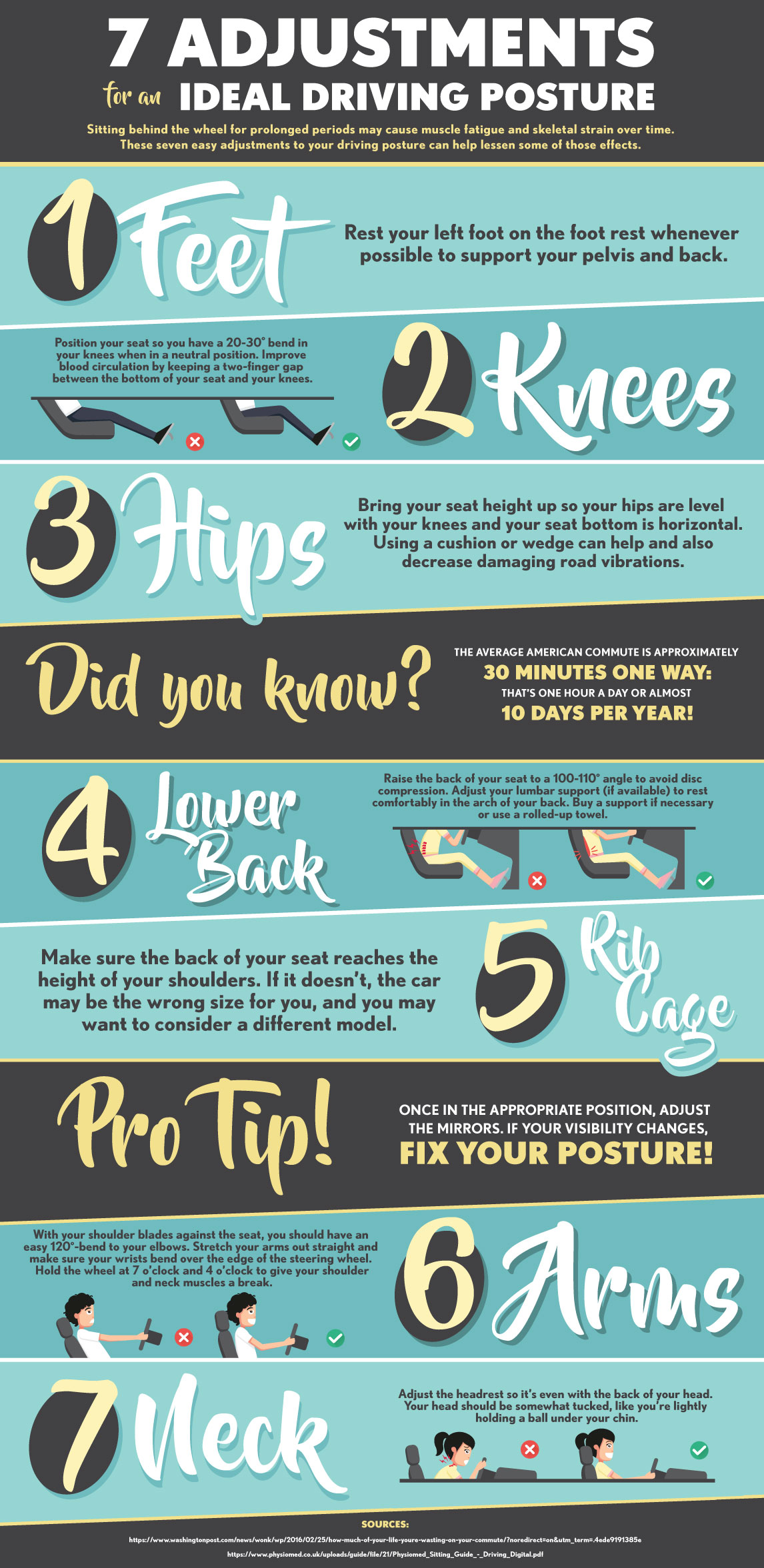The Influence Of Pose On Pain In The Back: Exactly How To Preserve Great Placement Throughout The Day
The Influence Of Pose On Pain In The Back: Exactly How To Preserve Great Placement Throughout The Day
Blog Article
Web Content Develop By-Bush Fox
Maintaining appropriate position isn't just about staying up right; it's about straightening your body in a manner that sustains your back and lowers the threat of neck and back pain. The method you sit, stand, and move throughout the day can significantly affect your spine wellness. Yet exactly how exactly can you make certain great alignment regularly, even throughout hectic days filled with various activities? Let's dig deeper into the subtle yet impactful changes you can make to your day-to-day regimen to keep your back happy and healthy.
Relevance of Proper Posture
Proper posture is important in maintaining a healthy back and avoiding pain. When you rest or stand with good pose, your spinal column remains in alignment, lowering strain on your muscular tissues, tendons, and joints. This positioning allows the body to distribute weight uniformly, protecting against excessive anxiety on specific locations that can bring about pain and pain. By maintaining functional medicine austin insurance aligned, you can likewise boost your breathing and food digestion, as slouching can press organs and restrict their functionality.
Additionally, keeping great posture can enhance your overall look and positive self-image. When you stand tall with your shoulders back and head held high, you show confidence and show up more friendly. Excellent stance can also make you really feel extra stimulated and alert, as it promotes appropriate blood flow and allows your muscular tissues to work efficiently.
Including correct stance into your day-to-day regimen, whether resting at a desk, strolling, or exercising, is essential for preventing back pain and promoting total well-being. Remember, a tiny change in just how you hold on your own can make a considerable distinction in how you really feel and operate throughout the day.
Common Postural Mistakes
When it comes to maintaining good position, numerous individuals unknowingly make common errors that can contribute to back pain and discomfort. One of the most common errors is slouching or stooping over while sitting or standing. This placement puts too much strain on the back and can result in muscle imbalances and pain in the future.
One more common error is overarching the reduced back, which can flatten the all-natural curve of the spine and cause discomfort. Furthermore, going across legs while resting might really feel comfy, but it can develop an imbalance in the hips and pelvis, leading to postural concerns.
Using a pillow that's too soft or also firm while sleeping can also impact your positioning and contribute to pain in the back. Lastly, continuously craning your neck to look at screens or readjusting your placement frequently can strain the neck and shoulders. Bearing in mind these common postural blunders can assist you keep better alignment and lower the danger of pain in the back.
Tips for Correcting Positioning
To improve your alignment and reduce pain in the back, it's necessary to concentrate on making small modifications throughout your daily regimen. Start by bearing in mind your position. When resting, ensure your feet are flat on the flooring, your back is straight, and your shoulders are loosened up. Avoid slouching or leaning to one side. Use my spine hurts or paddings to sustain your lower back.
When standing, distribute your weight uniformly on both feet, maintain your knees slightly bent, and tuck in your hips. Involve visit the following web site to support your spinal column. Take breaks to stretch and walk if you have an inactive task. Include workouts that reinforce your core and back muscles, such as slabs or bridges.
While resting, utilize a pillow that supports the natural contour of your neck to maintain appropriate spinal positioning. Prevent sleeping on your belly, as it can stress your neck and back. By being mindful of these ideas and making small adjustments, you can progressively correct your placement and ease back pain.
Final thought
Keep in mind, keeping good position is key to preventing neck and back pain and advertising back health and wellness. By bearing in mind your placement, distributing weight uniformly, and engaging your core muscular tissues, you can reduce pressure on your back and lessen the danger of discomfort and injury. Incorporate ergonomic support, take regular breaks to stretch, and reinforce your core and back muscles to preserve proper positioning throughout the day. Your back will thank you for it!
